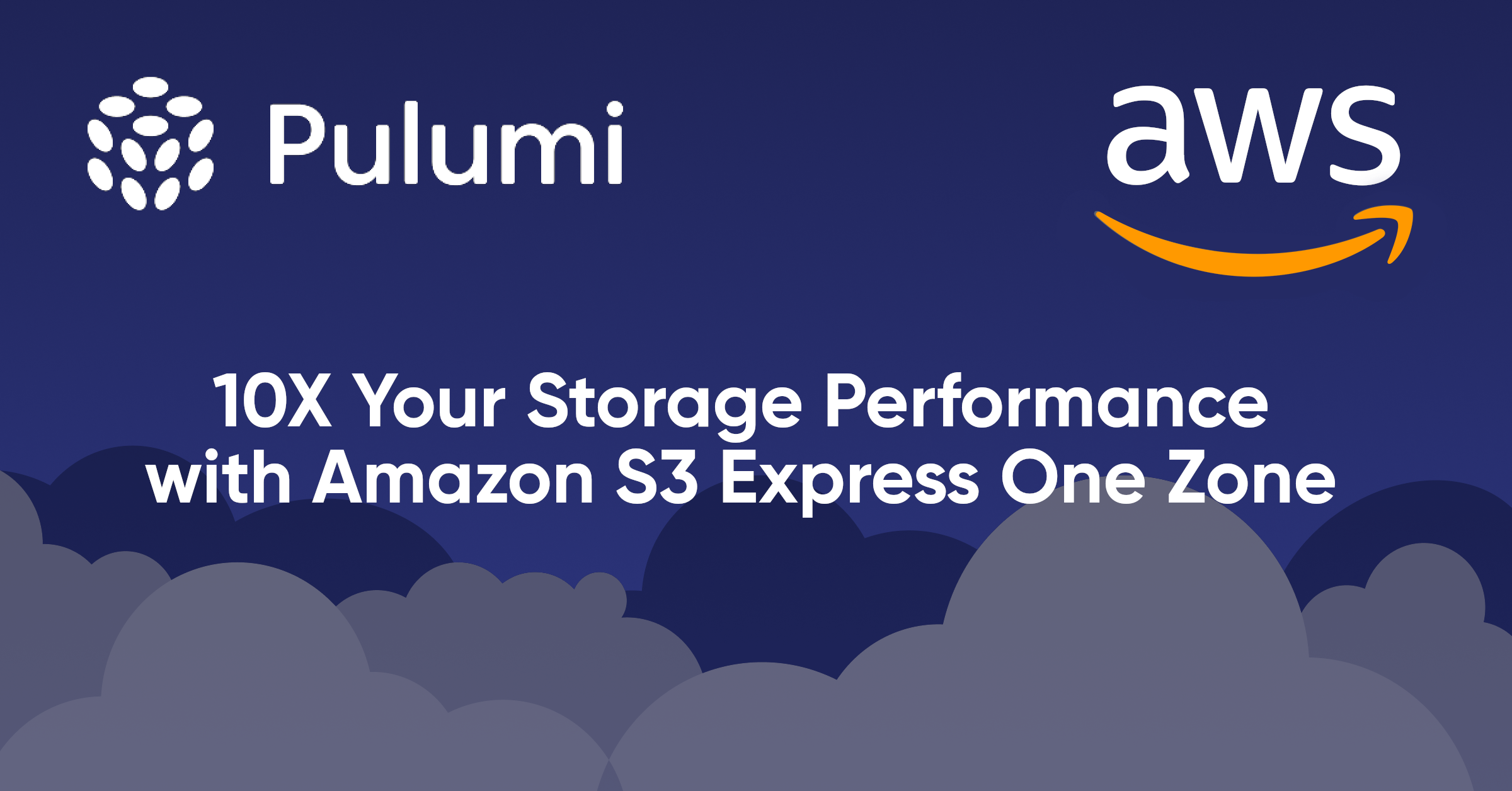Uploading documents to your AI Slackbot in real-time using S3, SQS and Pulumi on AWS

In the introductory blog post, we learned to Create an AI Slack Bot to Chat with Your Data Using Embedchain, Pulumi on AWS, and continued with Adding data to Pinecone using S3, Embedchain, and Pulumi on AWS for an AI Slack bot.
For reference, here’s what our architecture looked like at the end of the second blog post.

To follow along, clone the project, git clone https://github.com/catmeme/arti.git or view it on GitHub.


